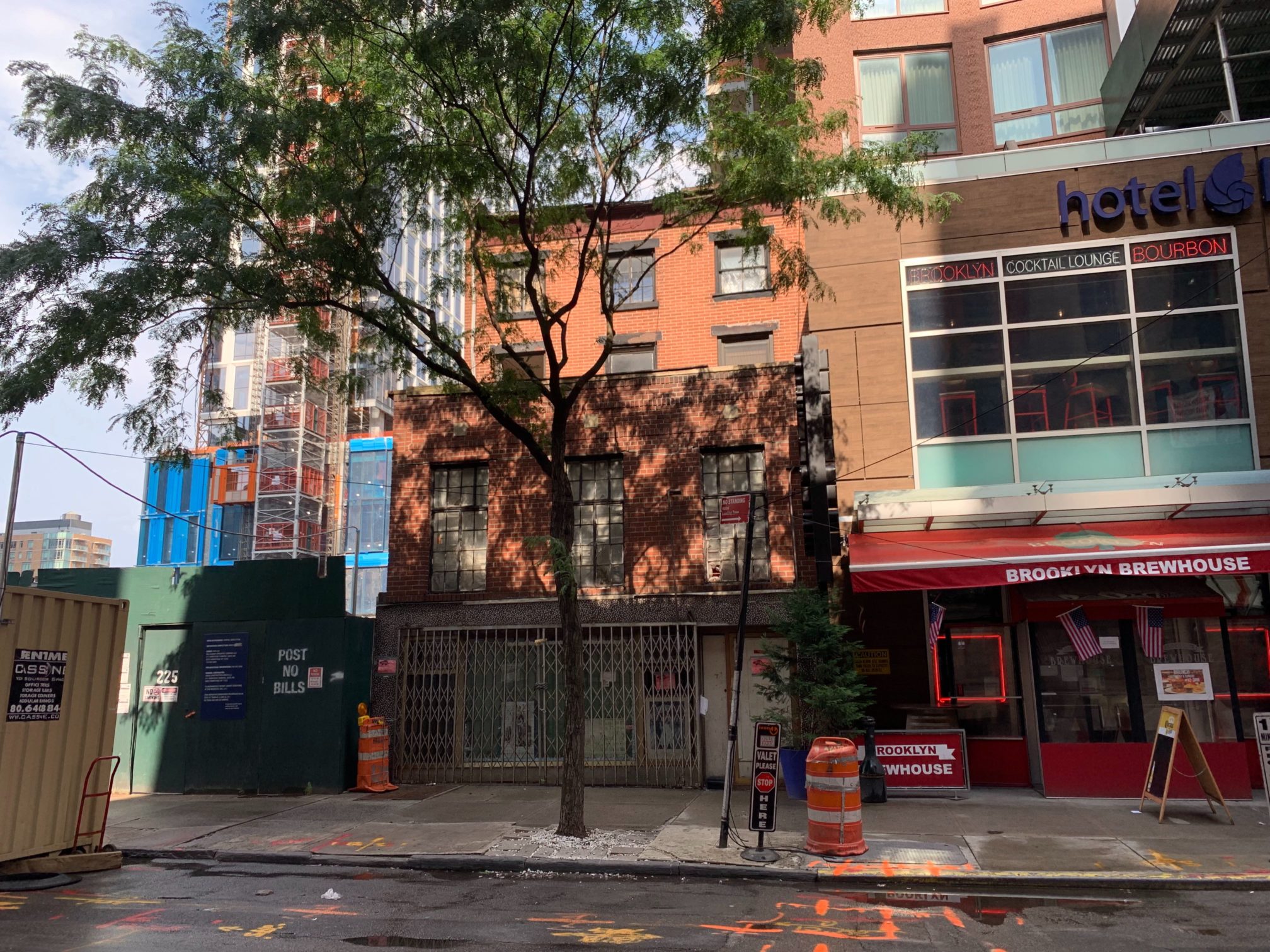Protestors rally to fight demolition of possible Underground Railroad stop

Activists and local politicians gathered outside a small, seemingly unremarkable three-story brick building in Downtown Brooklyn Monday afternoon, calling on the city to investigate landmarking the building because of its historical significance as a possible stop on the Underground Railroad.
Councilmembers Stephen Levin and Laurie Cumbo, along with activists from the organizations Families United for Racial and Economic Equality and the Circle for Justice Innovations spoke of the importance of safeguarding the historic building — even as parks and skyscrapers crop up around it.
“[We’re here] to make sure that the development of Brooklyn does not come at the expense of people of color, of abolitionists — both black and white — who worked side-by-side in many ways to end slavery in the United States,” Cumbo, the majority leader of the City Council, said outside the building.
